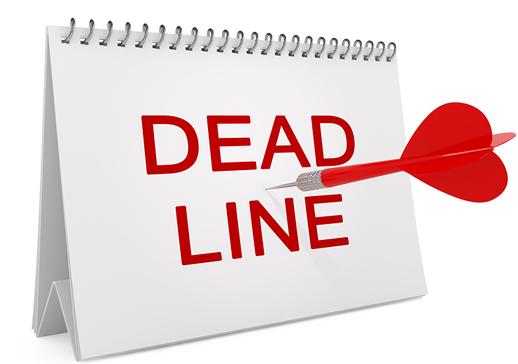Home
Welcome
Making the decision to entrust your paper with the experts at SuperiorEssayWriters.com is greatly dependent on your understanding of our work strategy.
The first step is always left to the client: you. Once you place an order with us, we need to know all the pertinent details of the paper, which will be very paramount in leading our team to conjure a superior paper for you. Some of these details include the type of paper, the deadline, the level of education, number of references, citation style, and the number of pages. Any other additional, personalized instructions also go a long way in ensuring that you receive a paper that really meets your specifications. Fortunately, you do not have to worry so much about these details, since most of them have been highlighted on our website, so you simply choose the one you want.
Once these details are received, we assign it to the right team of writers who have ample knowledge and experience in your field of study. The task will be handled expeditiously and returned to you within the deadline stipulated, fee from grammatical errors, plagiarism, and properly cited. Of course, a professional proofreader has to go through it just to make sure everything is in order.
We accept that we may at times not address all the concerns in your paper as desired, and we take full responsibility of this liability. Thus, if you have any suggestions regarding any part of your paper that needs corrections, feel free to contact us once again and have your paper revised ASAP.
Lastly, we value the nature of relationship and corporation that we develop with all our clients. A paper that has the full support of both the client and the writer usually emerges the best. Our support is always on standby 24/7 to create a link between you and your writer.

 Our orders are delivered strictly on time without delay
Our orders are delivered strictly on time without delay  Our orders are delivered strictly on time without delay
Our orders are delivered strictly on time without delay 


